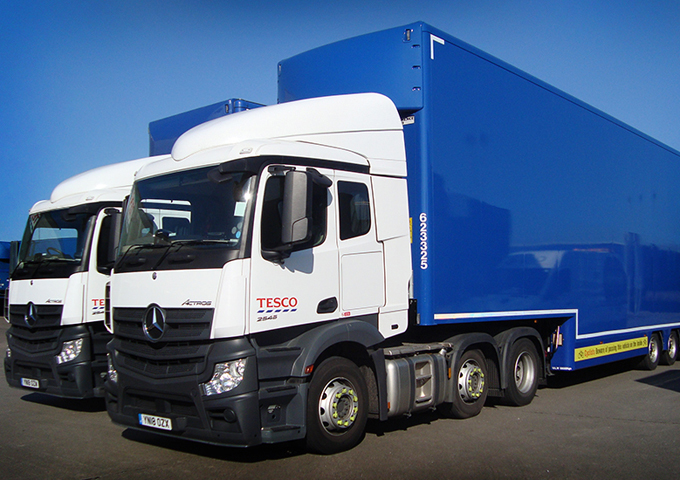Driving HGVs in Europe: 10 Things You Need to Know

If you’re a UK HGV driver, you might consider driving your vehicle in Europe. It can be an excellent way to not only see various parts of the continent but also experience new cultures. Still, it is important to keep certain things in mind before you take your HGV on the roads abroad.
1. Documents
Proper documentation is a must before you hit the road. It includes valid insurance documentation, a valid UK driving licence, as well as a European Health Insurance Card (EHIC). It is also important to ensure that your vehicle is properly registered and has a valid MOT certificate.
If you plan to drive in Europe for an extended period, you should consider getting an International Driving Permit (IDP).
2. Visas and Passports
All drivers are required to have a valid passport when travelling abroad regardless of their nationality. If you are a citizen of the EU, a visa isn’t a requirement to get into most European countries. If you are from a non-EU country, however, you may be required to obtain a visa before you travel.
You can check the requirements of your specific country on the European Union website.
3. Speed Limits
You also should be aware of each country’s speed limits. For instance, the speed limit on France’s highways is usually 80 km/h (50mph), while in Germany it’s 100 km/h (62mph). Keep in mind that the aforementioned speed limits are subject to change. So, don’t forget to check prior to setting out on your journey.
4. Display the Correct Stickers
The use of stickers is another important thing you should keep in mind when driving in Europe. In some countries, such as Poland and Belgium, you’re required to display a special sticker on your vehicle if you’re driving an HGV. You can purchase these stickers either online or at most petrol stations.
5. Restricted Driving Zones
Europe has certain driving zones that HGV drivers should know about. For instance, London has an Ultra-Low Emission Zone that HGVs are required to comply with to enter.
If you’re looking at becoming a professional LGV driver, you must apply for LGV provisional licence; right through to pass your tests and get your first job in the industry.
6. Prepare a Breakdown Kit
You should always have a breakdown kit with you when driving in Europe. The kit should include items such as a first-aid kit, a spare tyre, and jumper cables. It can also be a good idea to have the number for a roadside assistance service.
7. Be Aware of Any Public Holidays
When you are driving around Europe, you should also keep in mind that there are several public holidays that may end up impacting your journey in a variety of ways.
8. Check the Weather Forecast
Always ensure that you check the weather forecast before you set out on your journey. This is particularly important if you will be driving in winter because ice and snow can make the driving conditions particularly dangerous.
9. Plan Your Route Beforehand
It is generally advisable to always plan your route in advance, particularly when driving in unfamiliar territory. Doing this will ensure that you don’t get lost and will allow you to plan for any necessary stops along the way.
10. Be Prepared for Language Barriers
Finally, you should be prepared for any language barriers. In some countries, such as Italy and France, it is common to find people speaking limited English, which can make it difficult to communicate with the locals. It is a good idea to brush up on your language skills before you travel.
With the ten tips provided here, you should be all set to hit the open road and explore Europe in your HGV. Just remember to always drive safely and check for any updates on driving regulations before you set out on your journey.
